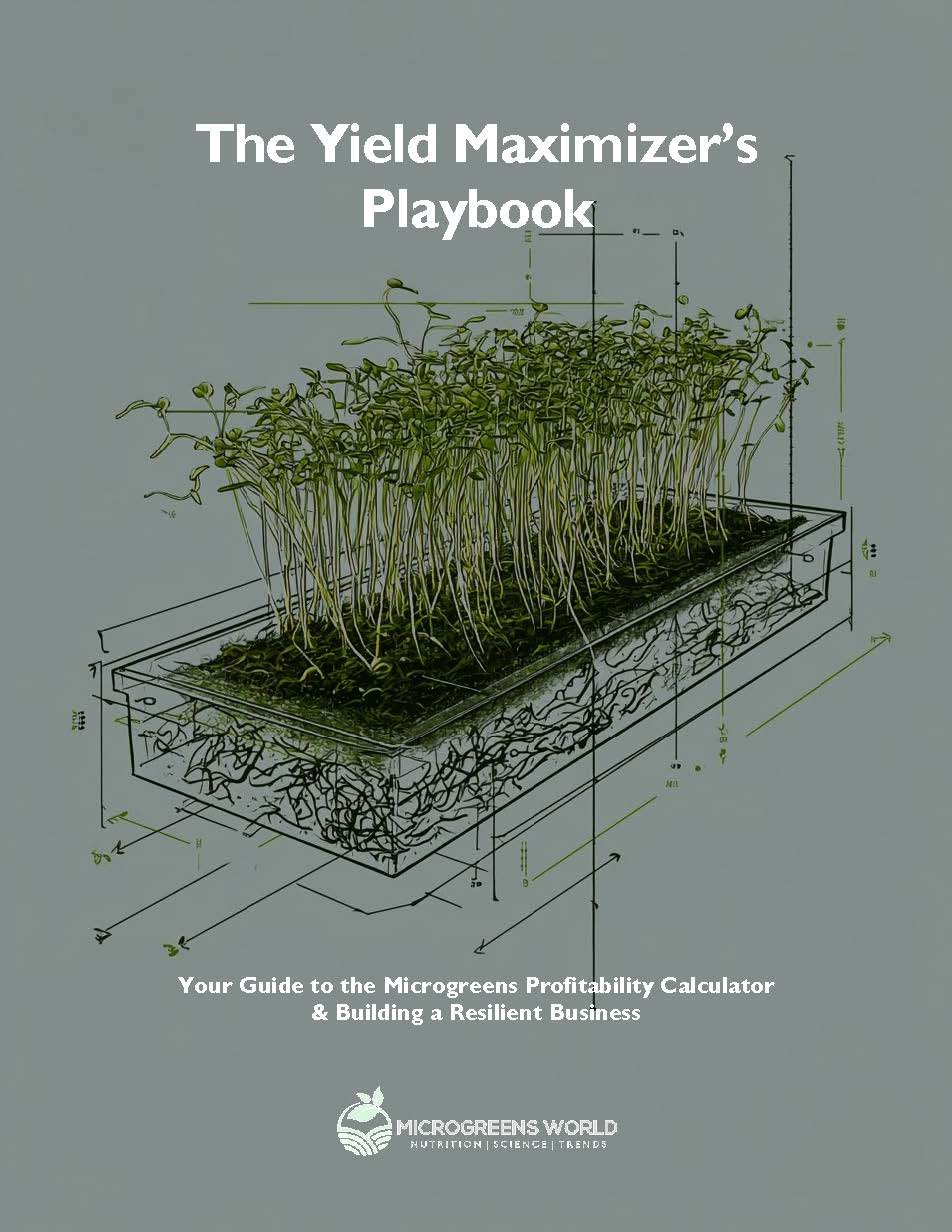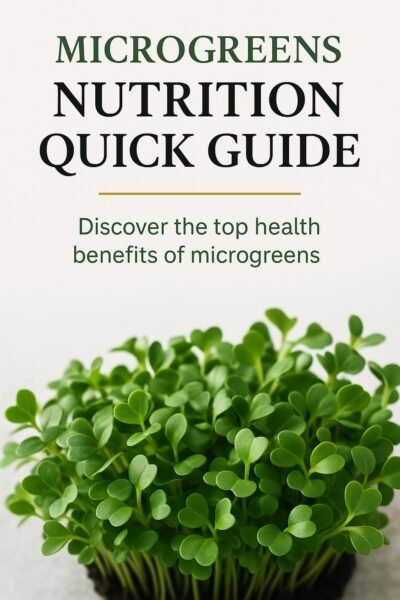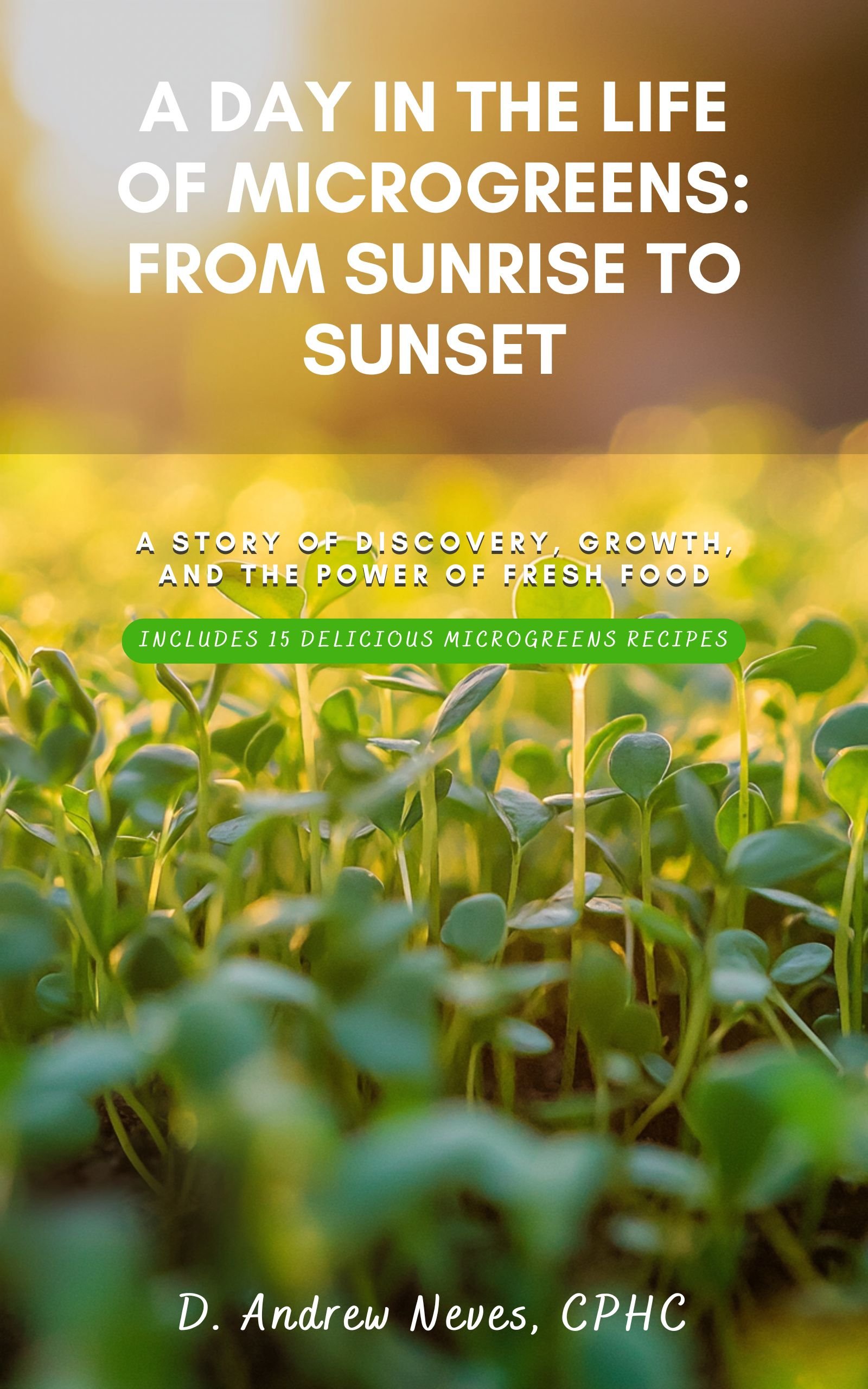Imagine doing some Tai Chi or yoga class in the park every day. You’re always looking for that extra edge, something that can help you recover faster, perform better, and stay healthier. What if I told you the secret to your improved performance might be sitting on your kitchen counter? Yes, I’m talking about microgreens and fitness.
Microgreens, rich in essential nutrients and antioxidants, can boost fitness performance by enhancing recovery, reducing inflammation, and providing sustained energy. They are a natural and effective way to support fitness goals.
These tiny, nutrient-packed plants could be the game-changer you’ve been looking for.
In this article, we’ll explore how microgreens can enhance your fitness performance and why they should be a part of your fitness journey.
Key Takeaways
- Rich in Nutrients: Microgreens are densely packed with vitamins, minerals, and antioxidants, which are essential for athletes to maintain energy levels, muscle recovery, and overall health.
- Anti-Inflammatory Properties: The high levels of antioxidants in microgreens help reduce inflammation, aiding in recovery and reducing muscle soreness after intense physical activities.
- Boosts Energy Efficiently: Microgreens provide a natural and efficient source of energy due to their high levels of vitamins and minerals, supporting better performance and endurance.
- Enhances Recovery: The nutrients found in microgreens, such as vitamin C and beta-carotene, play a crucial role in repairing tissues and reducing oxidative stress, leading to quicker recovery times for athletes.
- Versatile in Diet: Microgreens can be easily incorporated into an athlete’s diet, providing nutritional benefits whether consumed raw or added to smoothies, salads, and other dishes.
INTERESTED IN MICROGREENS?
Join the community
Join more than 50,000 other health-conscious individuals and couples who visit our site and receive weekly emails from us to help them grow more microgreens to live healthier and longer lives.
Microgreens, Fitness, and Nutrition
Microgreens are young vegetable greens that are approximately 1–3 inches tall. They have an aromatic flavor and concentrated nutrient content and come in various colors and textures. Microgreens are baby plants, falling somewhere between a sprout and baby green. They are not just a garnish on your plate; these tiny greens pack a punch for nutrition. They are loaded with vitamins, minerals, and antioxidants – essential for overall health and improved athletic performance.
The role of nutrition in fitness goals cannot be overstated. What we eat impacts every function in our body, from energy production to muscle recovery, immune function, and overall health. When you are on a fitness routine, your body requires higher amounts of nutrients than sedentary people because of the demands you put on your body. This is where microgreens come in. They are nutrient-dense, meaning they contain higher vitamin, mineral, and antioxidant levels than their mature counterparts. This makes them an excellent addition to a fitness diet.

Nutritional Profile of Microgreens and How They Enhance Fitness Goals
Microgreens are rich in vitamins A, C, E, K, and B complex, minerals like potassium, iron, zinc, and magnesium, and antioxidants like beta-carotene, lutein, and zeaxanthin. These nutrients are crucial in energy production, muscle function, inflammation control, and recovery – all critical aspects of fitness performance. For instance, Vitamin C aids collagen production, a protein necessary for healthy joints and skin. It also acts as an antioxidant, protecting your cells from damage. On the other hand, the B vitamins are involved in converting food into energy, a vital process for any physical activity.
Microgreens and Energy
Microgreens, especially those rich in iron like spinach and kale, can help improve fitness by boosting energy levels. Iron is a component of hemoglobin, a protein in your red blood cells that helps transport oxygen from your lungs to the muscles. An adequate oxygen supply is crucial during movement as it helps produce the energy needed for your workout. An iron deficiency can lead to fatigue and decreased performance.
Microgreens and Recovery
Microgreens can also aid in recovery post-workout. Intense exercise causes muscle damage, leading to inflammation and oxidative stress. The antioxidants in microgreens, such as Vitamin C and E, help combat this oxidative stress, reducing inflammation and accelerating recovery.
Microgreens and Immunity
A robust immune system is vital for exercising or working out. Intense training can suppress your immune function, making them more susceptible to infections and illnesses. Microgreens are rich in nutrients that boost immune function. For instance, vitamins A and C enhance immunity, protecting the body against pathogens.

Practical Application of Microgreens for Fitness
So, how can you incorporate microgreens into your diet? The good news is, it’s quite simple. Microgreens are versatile and can be added to almost any dish. Here are a few suggestions:
Juices and Smoothies: Add a handful of microgreens to your morning smoothie. They blend well with fruits and provide an extra boost of nutrients.
Salads: Mix microgreens with other salad ingredients. They add a fresh, peppery flavor and enhance the nutritional profile of your salad.
Sandwiches and Wraps: Use microgreens to fill your sandwiches and wraps. They add a nice crunch and a burst of flavor.
Soups: Sprinkle microgreens on your soups (or pasta or pizza). They add color and a unique flavor to your dishes.
Remember, the key is consistency. Try to include microgreens in your meals regularly to reap their health benefits.
Related Questions
Can I grow microgreens at home?
Absolutely! Growing microgreens at home is a fun and easy project. You only need some seeds, a growing tray, and a medium. Read my post, “Growing Microgreens At Home in Containers,” to get all the details.
Are microgreens better than mature greens?
Microgreens are more nutrient-dense than their mature counterparts. However, both are healthy and should be included in your diet.
Can I eat microgreens every day?
Yes, microgreens can be eaten every day. They’re a great way to add extra nutrients to your meals.
Wrap-Up: Microgreens and Fitness
In conclusion, microgreens are a powerhouse of nutrients and can be a valuable addition to an athlete’s diet. They can enhance athletic performance, aid in recovery, and boost immunity. They’re easy to incorporate into your meals and can even be grown at home. So, try microgreens if you love to stay fit. You might be surprised by these tiny greens’ impact on your fitness journey.
Share this Guide
If you found it useful, please share this guide with other indoor gardening and microgreens enthusiasts. And if you have any questions or tips about managing soil pH for microgreens, Drop us a line. We’d love to hear from you!
For a wealth of knowledge, read the post “The Beginner’s Nutritional Guide to Incredible Microgreens” to learn more about microgreens.
INTERESTED IN MICROGREENS?
Join the community
Join more than 100,000 other health-conscious individuals and couples who visit our site and receive weekly emails from us to help them grow more microgreens to live healthier and longer lives.
References
For more comprehensive information on the nutritional benefits of microgreens and their impact on fitness performance, consider these authoritative sources:
- Xiao, Z., Lester, G. E., Luo, Y., & Wang, Q. (2012). Assessment of Vitamin and Carotenoid Concentrations of Emerging Food Products: Edible Microgreens. Journal of Agricultural and Food Chemistry, 60(31), 7644–7651. DOI: 10.1021/jf300459b. https://pubs.acs.org/doi/10.1021/jf300459b
- Weber, C. F. (2017). Microgreens: Novel, Fresh and Functional Food to Explore All the Value of Biodiversity. Italian Journal of Food Science, 29(3). DOI: 10.14674/IJFS-683 https://www.chiriottieditori.it/ojs/index.php/ijfs/article/view/683
- Mir, S. A., Shah, M. A., & Mir, M. M. (2017). Microgreens: Production, shelf life, and bioactive components. Critical reviews in food science and nutrition, 57(12), 2730-2736. DOI: 10.1080/10408398.2015.1084992. https://www.tandfonline.com/doi/full/10.1080/10408398.2015.1084992



















